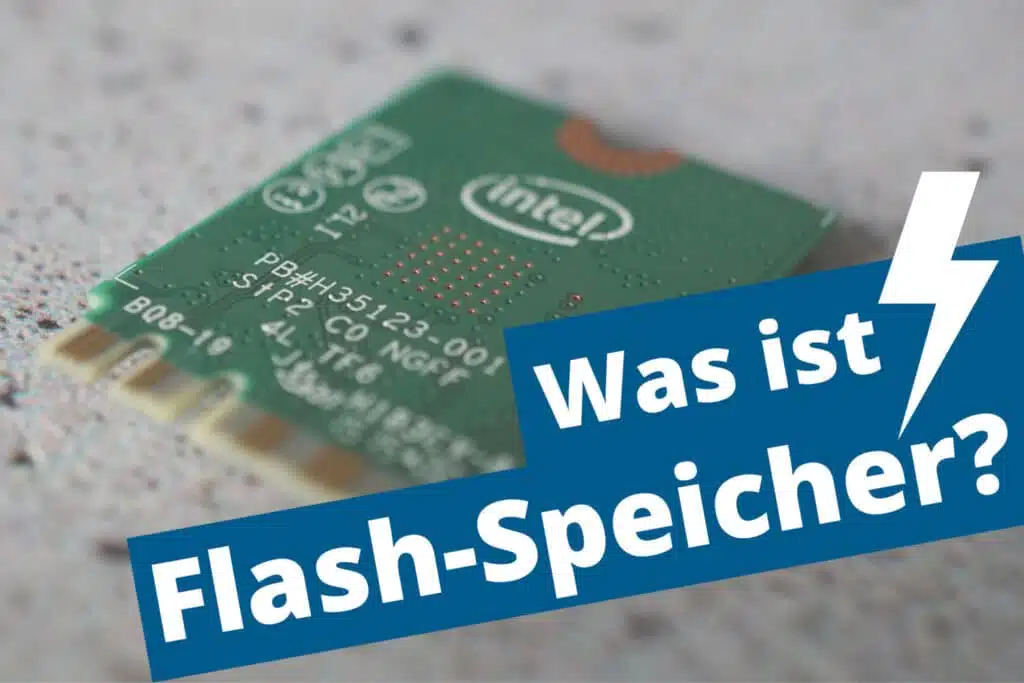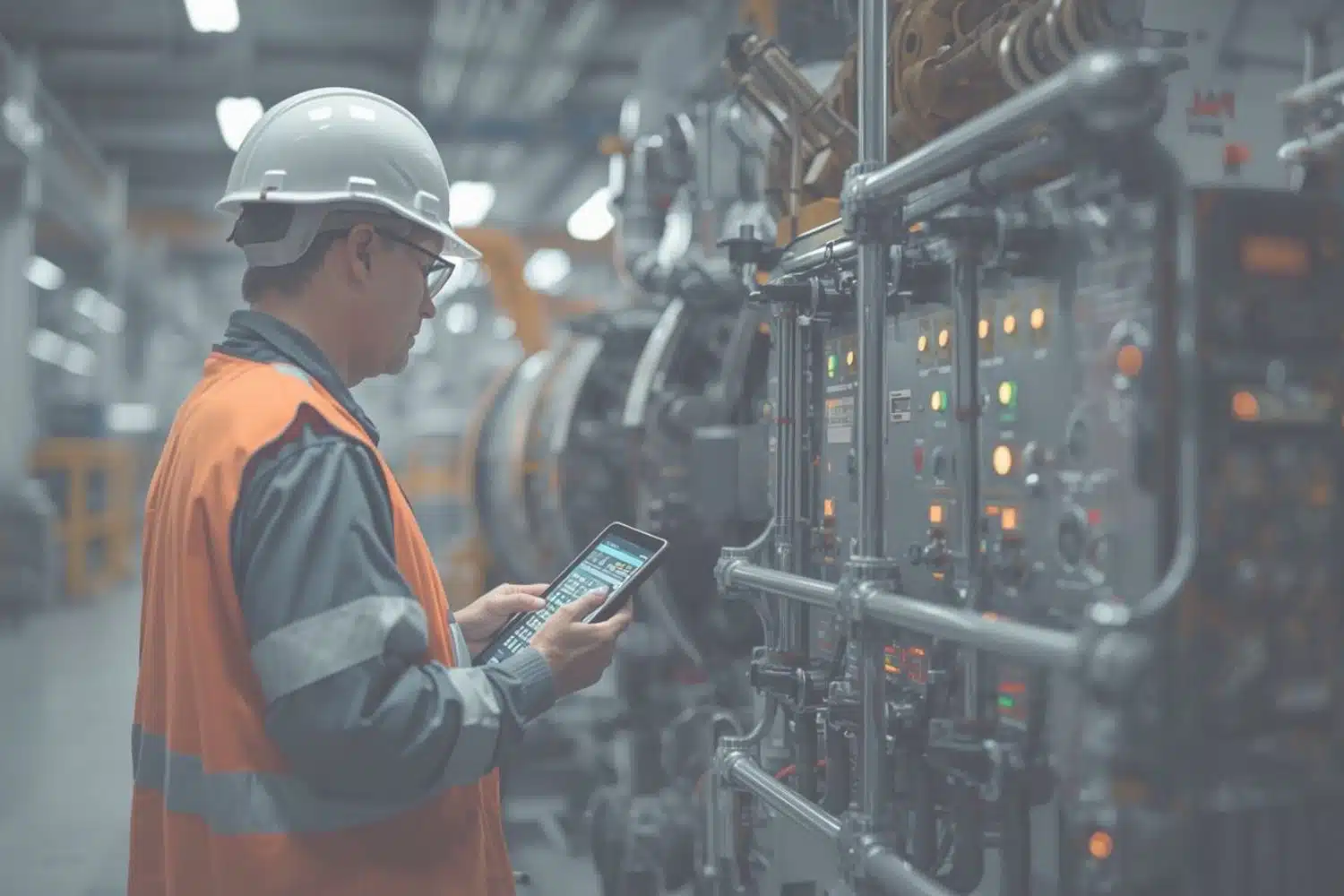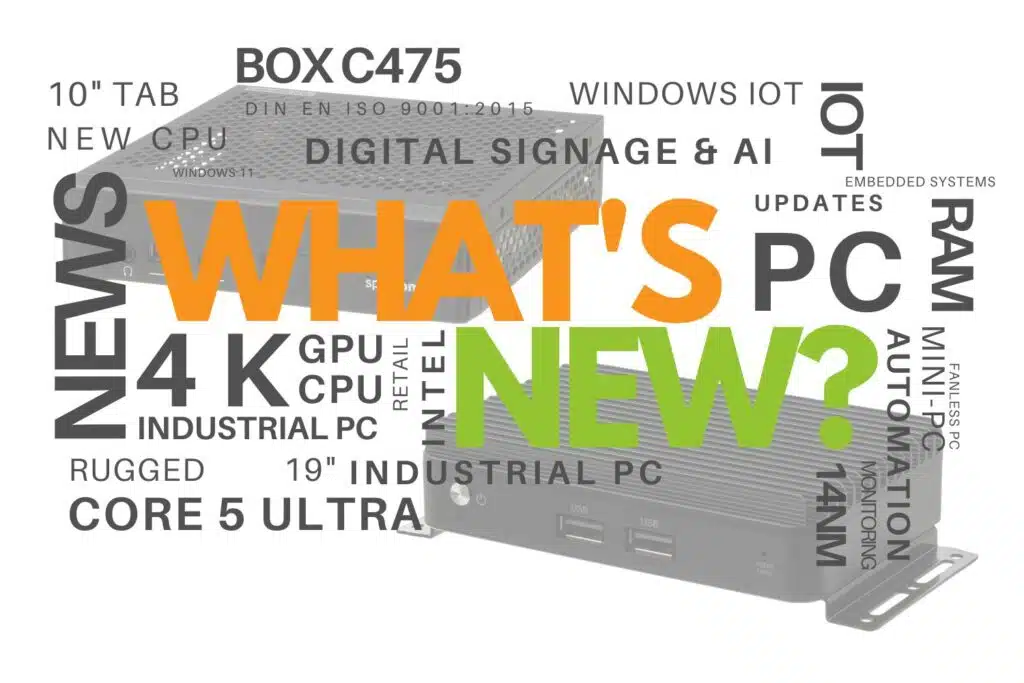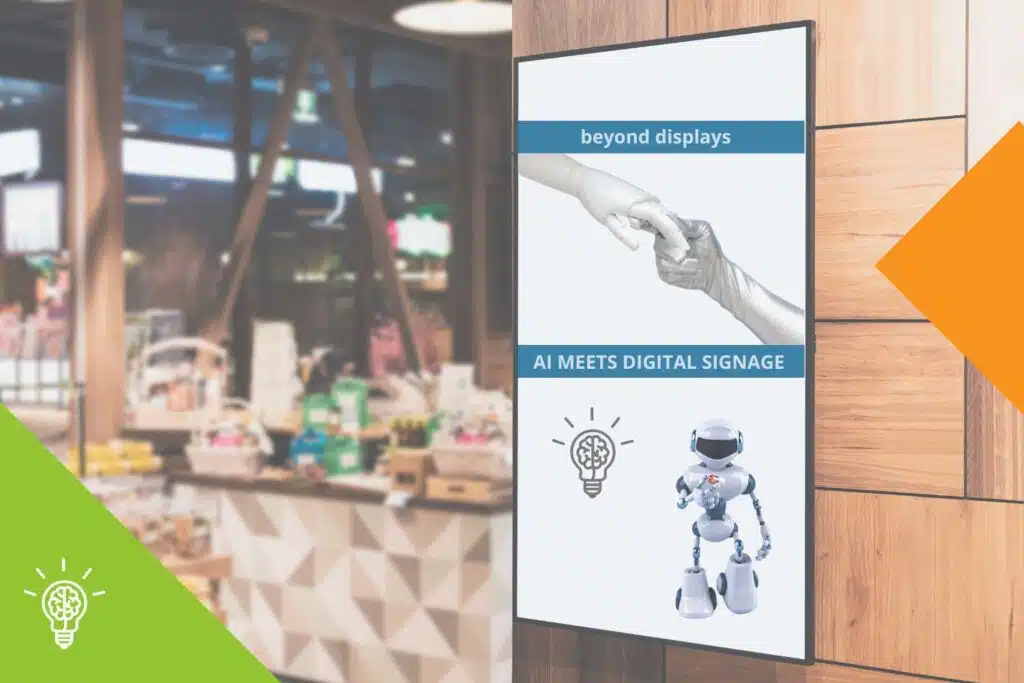06.05.2020

Flash memory, also known as semiconductor memory, is a non-volatile memory based on semiconductor chips. The exact name is Flash-EEPROM, as it was developed from EEPROM (stands for Electrical Erasable and Programmable Read Only Memory). The storage of data is identical to EEPROM, but they are read, written, deleted or reprogrammed block by block in data blocks of 4, 8 or 16 kilobytes.
The flash memory is characterized above all by its fast response times and high data transfer rates, which is why it is also suitable for performance-heavy applications such as video editing or 3D. It is also efficient, shock-resistant, compact and contains no moving parts. In contrast to RAM (random access memory), flash retains data even after the power supply is switched off, which is why it is mainly used in SSDs, USB sticks, smartphones, cameras and memory cards.
We have already explained the difference between HDDs and SSDs in a knowledge article. More about flash memory and a detailed explanation of how it works can be found at Computerweekly.de and in the Elektronik Kompendium.

Machines that know when they need to be serviced before anything breaks down. Sounds like a dream of...

Although the vacation season was at its peak for us in September, we can shine with two new products...

Digital signage has long been much more than just static screens. In times of Industry 4.0, smart bu...
You need to load content from reCAPTCHA to submit the form. Please note that doing so will share data with third-party providers.
More Information